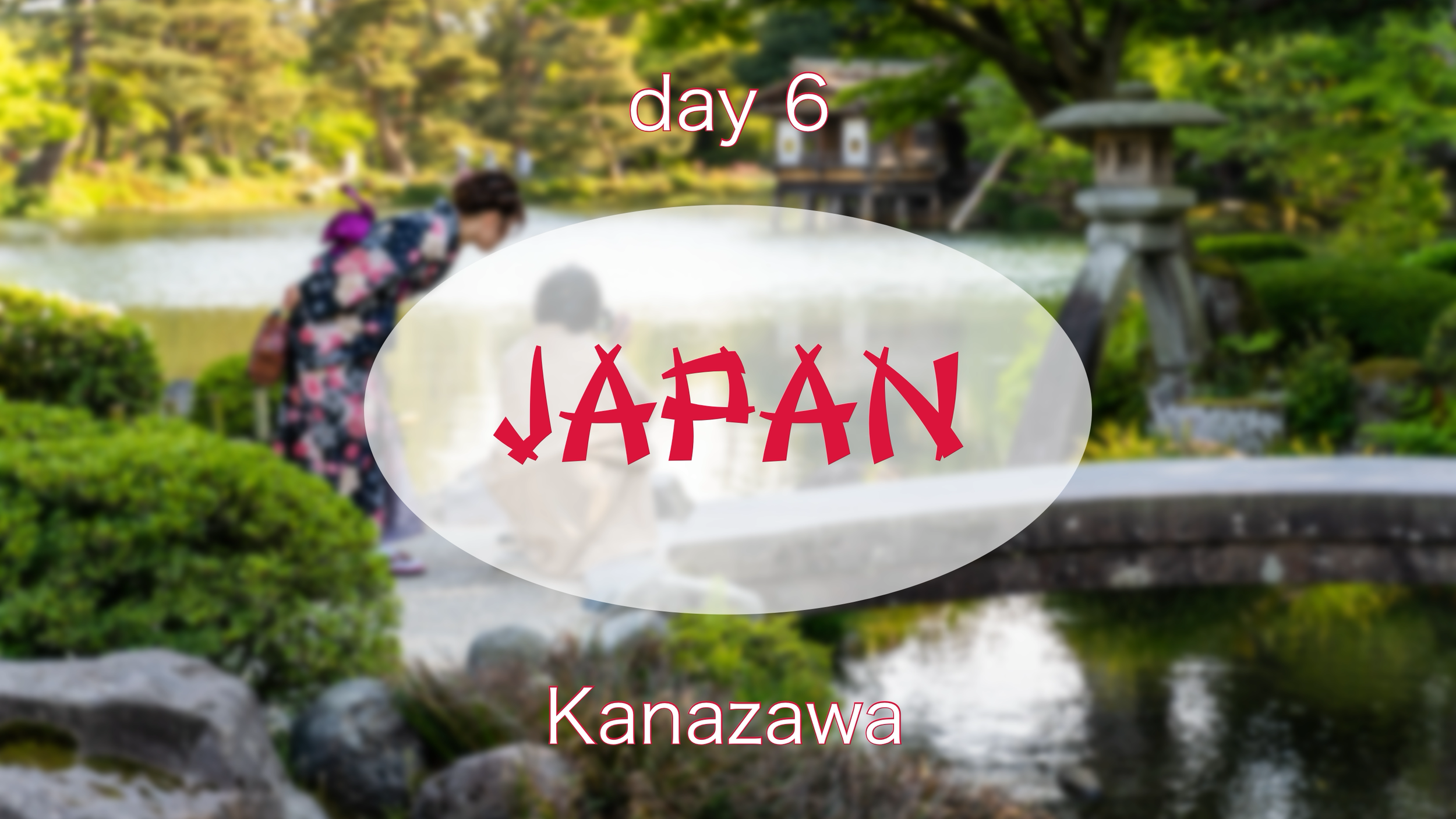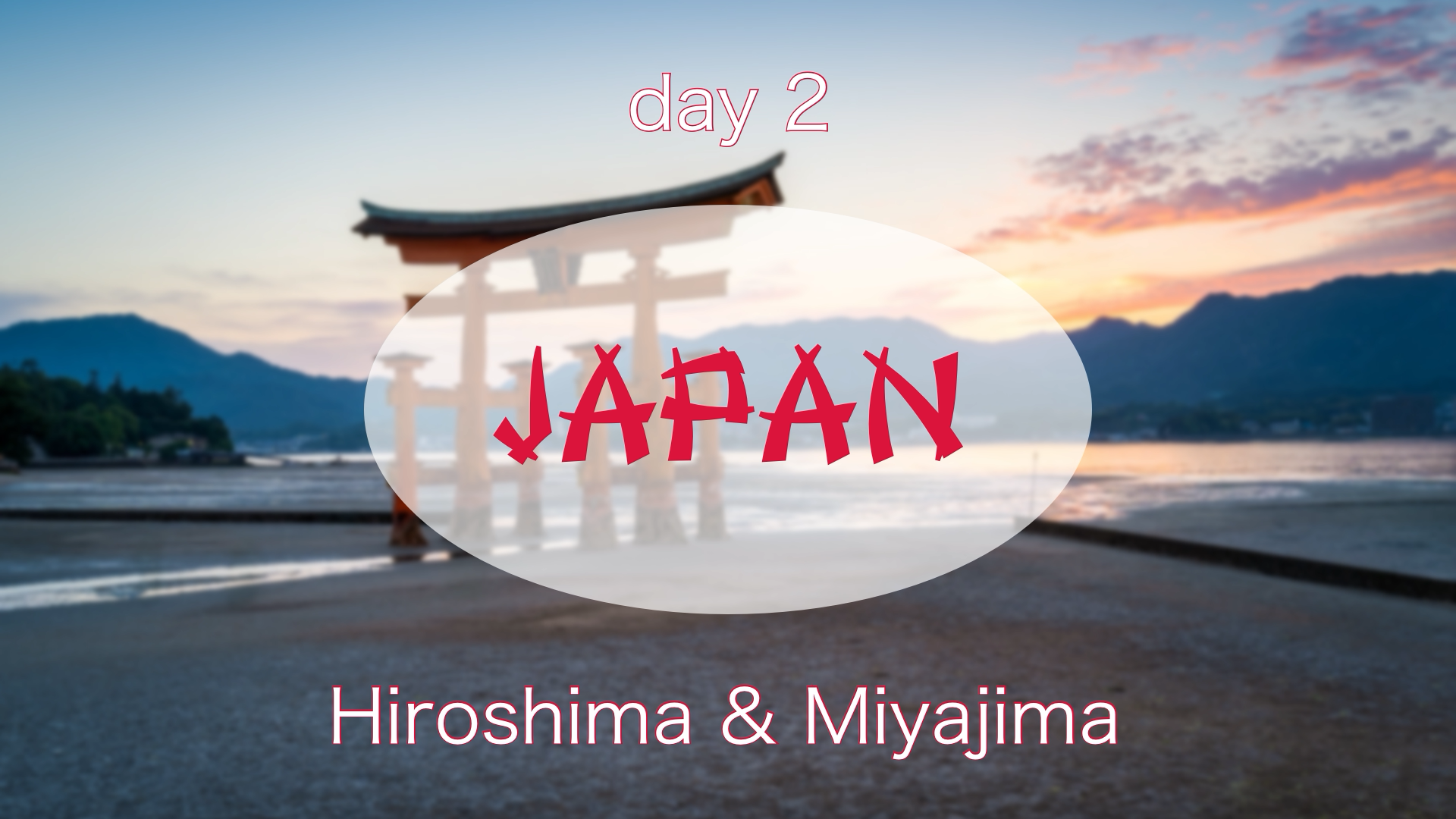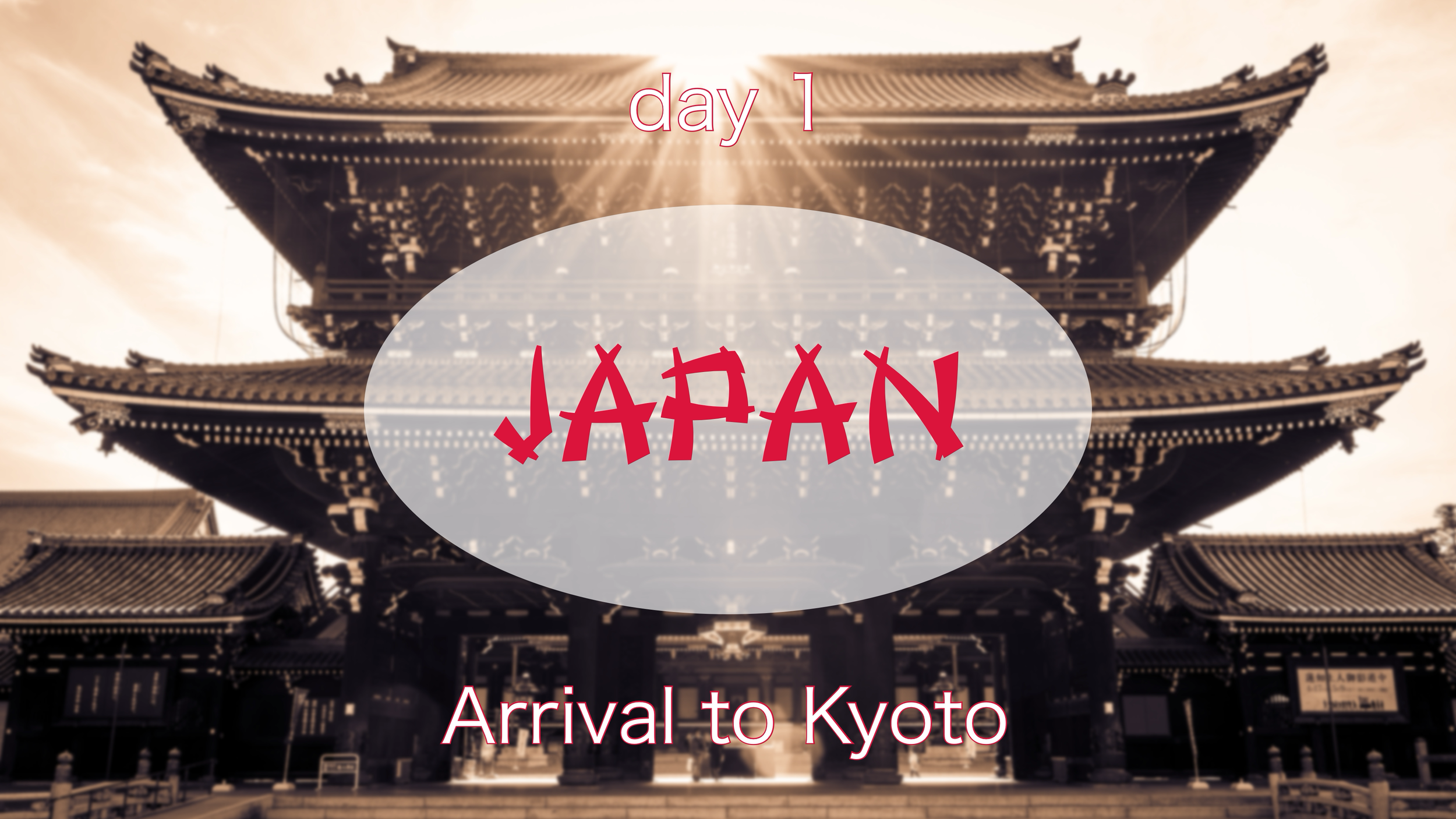Japan
day seven
Traveling through the mountains via coach from Kanazawa to Shirakawa is fantastic. And especially beautiful as you head down the mountain and see the village in the valley. We arrived on a cool but sunny day yet we could see snowcapped mountains in the not too distance. Shirakawa-go is a small, traditional village within Shirakawa, best known for their gassho-zukuri style minka houses. Recognisable by their very steep and thick thatched roofs designed to easily shed snow. An interesting fact, the upper floors of the two and three story houses were used for sericulture, silk farming. Not sure if that’s still the case though. One thing’s for sure, they still grow rice. All the farmhouses have, at least, one small field around the house.
We strolled though the small village on our way up to the lookout, which has a magnificent panoramic view of Shirakawa-go. There are two lookouts or observatories, the Ogimachi Castle Observatory Deck and the Tenshukaku Observatory, both with quite similar views though the latter has a couple of restaurants and a few boutiques. Not much left at the Omigachi Castle Ruins near it’s observatory deck but the best view, in my opinion.
Rain had started to fall whilst at the observatories and didn’t really stop for the rest of the day. The weather changed quite quickly and we could feel the cold now too. We explored farther into the village, getting a closer look at the minka houses and crossing paths with not-so-scary scarecrows. There’s a lot to see around this tiny village too. Restaurants, cafes, boutiques, stores, museums, Shinto shrines, the Big Bridge, the Sho River, so much to see. We were here five hour and weren’t able to visit everything.
Cold and hungry, we ducked into Shiraogi, a restaurant that serves set meals. Very nice and inexpensive. Warmed up with soup and tea… OK, I had to try the rice ale too. Once finished, we made our way back to the bus stop for our coach to Toyama.
From Toyama we caught a bullet train to Ueda where we were staying for the night and catching up with my best mate, his wife and his family. We had just enough time to check-in before meeting up for dinner at a Japanese pub called Hananomai, near Ueda train station. After dinner we accompanied his parents and aunt back to Ueda Plaza Hotel, where we were also staying. We, on the other hand, headed to Uotami, another Japanese pub, just down the road from the hotel. All in all, a great catchup.
Just a couple of words on my thoughts about Shirakawa-go. In 1995 it gained the status of a World Heritage Site by UNESCO. Unfortunately, it is in danger of loosing this status. Here is an excerpt from a Wikipedia article on Shirakawa:
“ The local economy is dominated strongly by seasonal tourism. Due to the income from the tourists who came to see the gassho-zukuri villages, the financial condition of the village has been greatly improved, and tourist traffic increased further once the village became a UNESCO site. However, the increasing number of visitors has resulted in damage to the area from pollution, and by local inhabitants their homes into hostels, gift shops and parking lots, which in turn has endangered its World Heritage status. There is also a fear growing that the change to catering to tourists will harm the charm of the area's simplicity and fundamental Japanese scenery. ”
Shirakawa, Gifu (village)
Having visited this amazing village, I can attest to this. I really hope they find an equitable balance to keep their World Heritage status on one hand and profit from the economics of tourism on the other.
Once again, thank you very much for watching. Hope you enjoyed it. See you on the next one. Oyasuminasai my friends.




